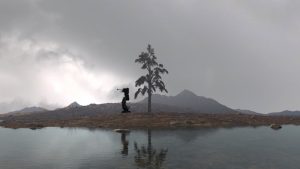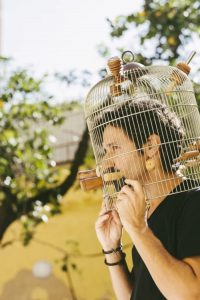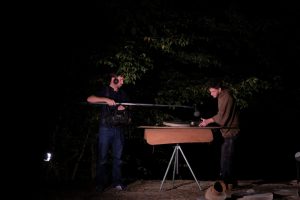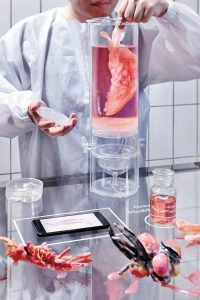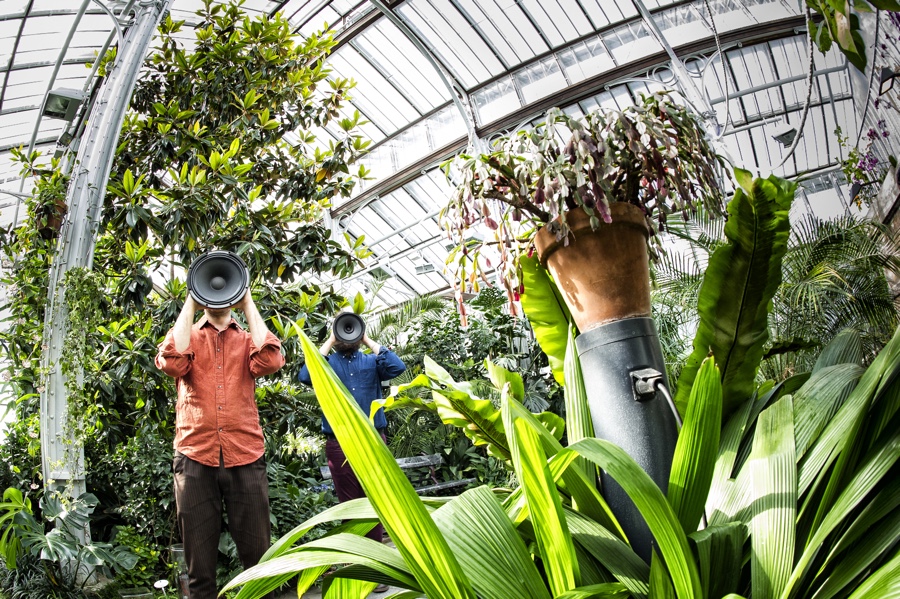
Otso Lähdeoja and Josué Moreno, IN SITU: Sonic Greenhouse, 2016. Photo: Uupi Tirronen
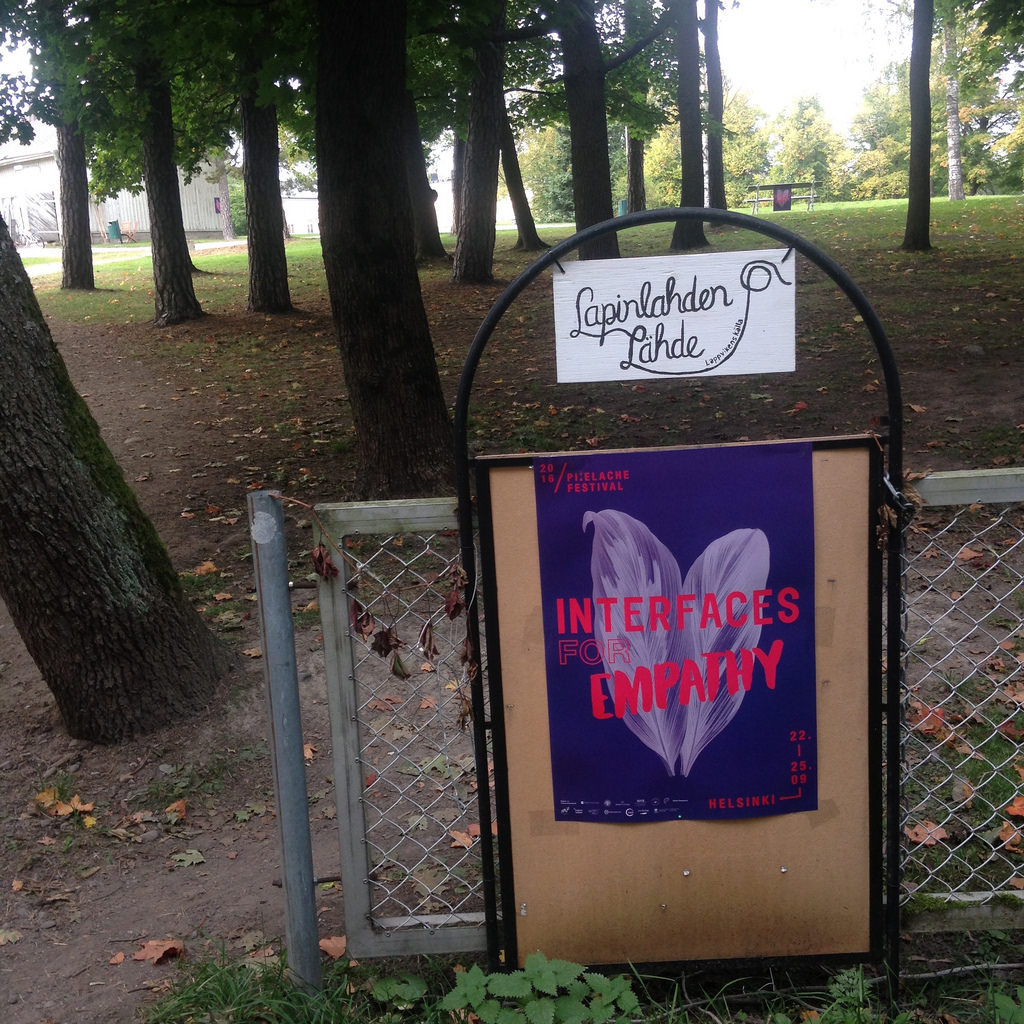
Another year, another brilliant Pixelache Festival in Helsinki! This year’s edition took place mostly inside a former psychiatric hospital. The Lapinlahti hospital was designed by neo-classical architect C.L Engel in 1841. It’s a lovely place. The paint is peeling off tastefully, the ceiling lamps and old furniture are stunning and the place is surrounded by the sea and a park. One can see why independent cultural organizations want to move there. The most wonderful of all being Loop, a restaurant where everything they serve is ‘waste’ food that stores would have thrown away otherwise and where everything i tried was colourful and tasty.
This year the theme of the festival is ‘Interfaces for Empathy’ because if there’s one thing we need more than anything else right now, more than virtual reality, 3D printing and other lasersabers, it’s the capacity and desire to connect with other people and their emotional state. But understanding other people better is probably not enough. It would just be another form of anthropocentrism. We need to be more empathetic towards the whole ecosystem humans are only a small part of:
The idea that the festival explores, and the way is seeks to connect these observed trajectories, is one of empathy. Is it possible, through this very basic ability to sense or identify, to change the narrative of the human-kind? Could empathy be one of the key elements in reconnecting us with our ecosystem and ourselves? Can we experience empathy towards whole ecosystems? After all, empathy is the element that has enabled humans to work together and collaborate in order to flourish as species. The festival wants to question and propose that maybe empathy could be learned, found or especially re-found through eg. bodily presence, experimental communication and embodied and alternate visions of perception.
Pixelache is one of those very very rare festivals that engages with technology and with the environment in a way that involves a genuine sharing of ideas and knowledge between activists, hackers, thinkers and artists but also with the broad public. Instead of just cool installations, workshops for the happy few and forgetting about social and ecological issues until the next edition, you get small but smart, creative but factual, answers to some of today’s concerns about energy consumption, globalization, biodiversity, our relationship to other species, etc. Pixelache is growing into an exciting laboratory of small steps that can be taken at citizen levels to deal with this increasingly complex and irritating world of ours.
I’ve covered Pixelache 2016 in a couple of posts already (Pixelache 2016: The Science of Empathy and Pixelache 2016: Architectures for the Other Side) and there’s one more to come but here are some of the works i particularly enjoyed discovering at the festival:
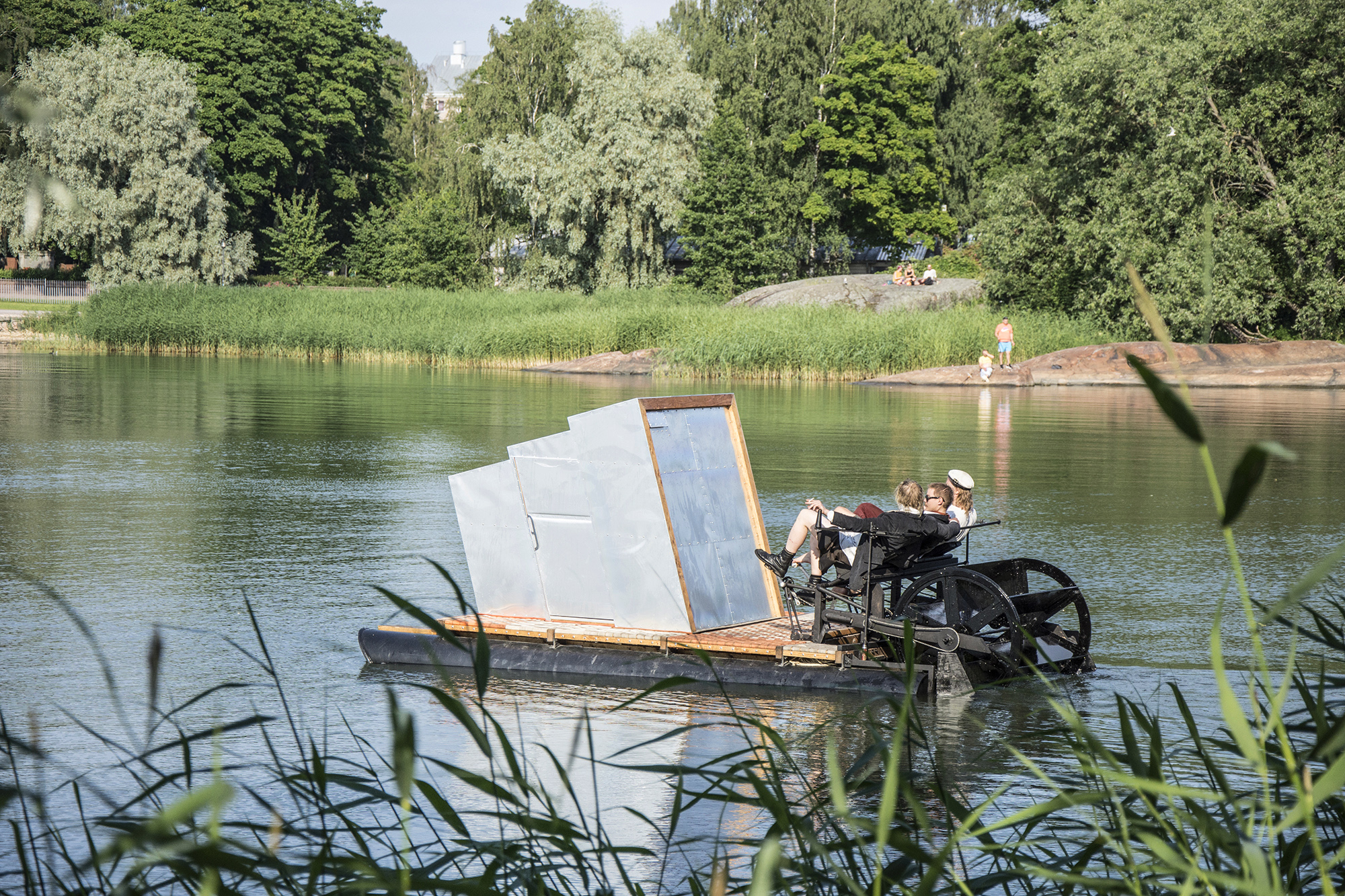
Kinobox Obscura, 3D camera obscura paddle wheel boat
Kinobox 3D camera obscura boat Riga days
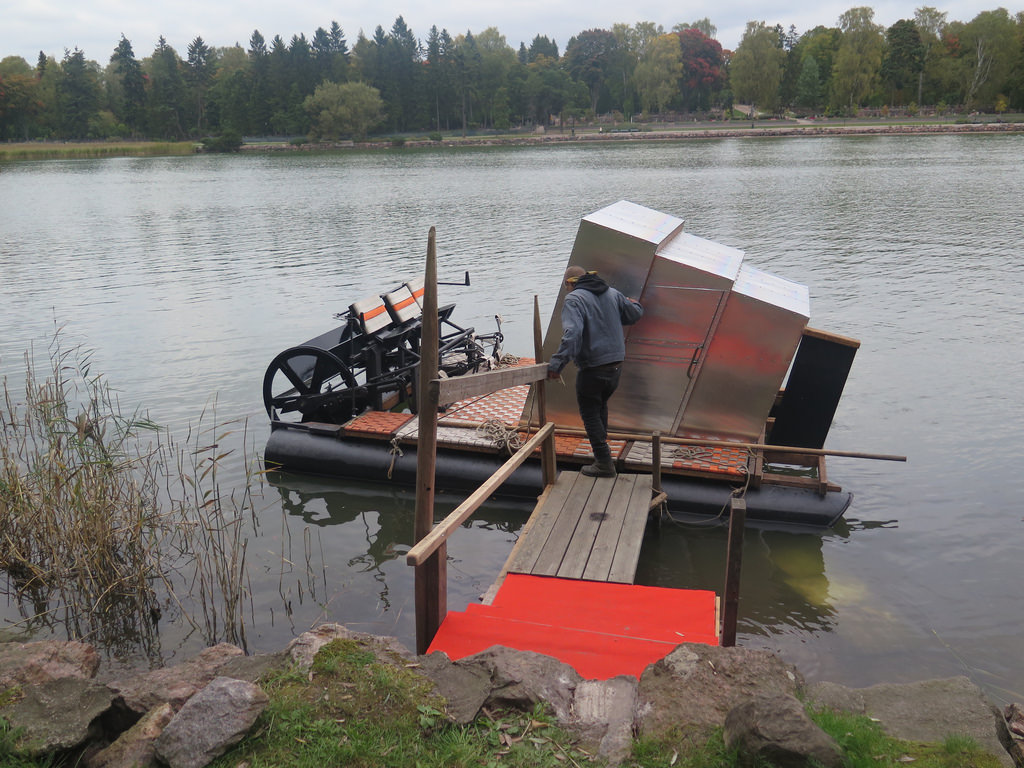
Kinobox Obscura, 3D camera obscura paddle wheel boat
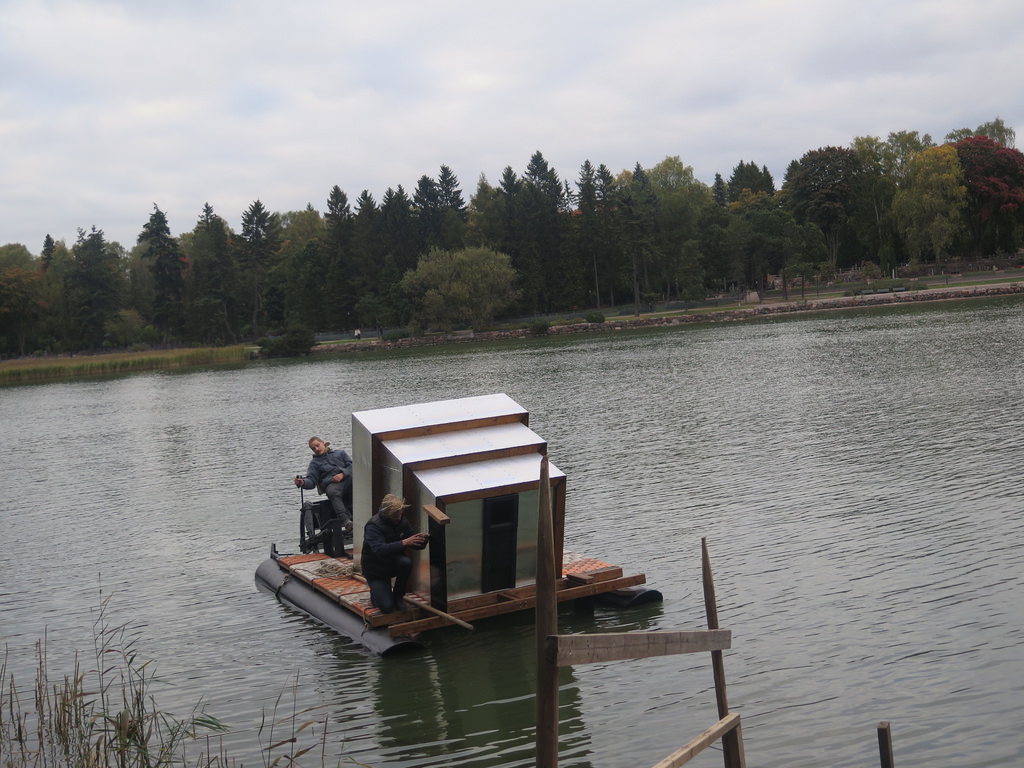
Kinobox Obscura, 3D camera obscura paddle wheel boat
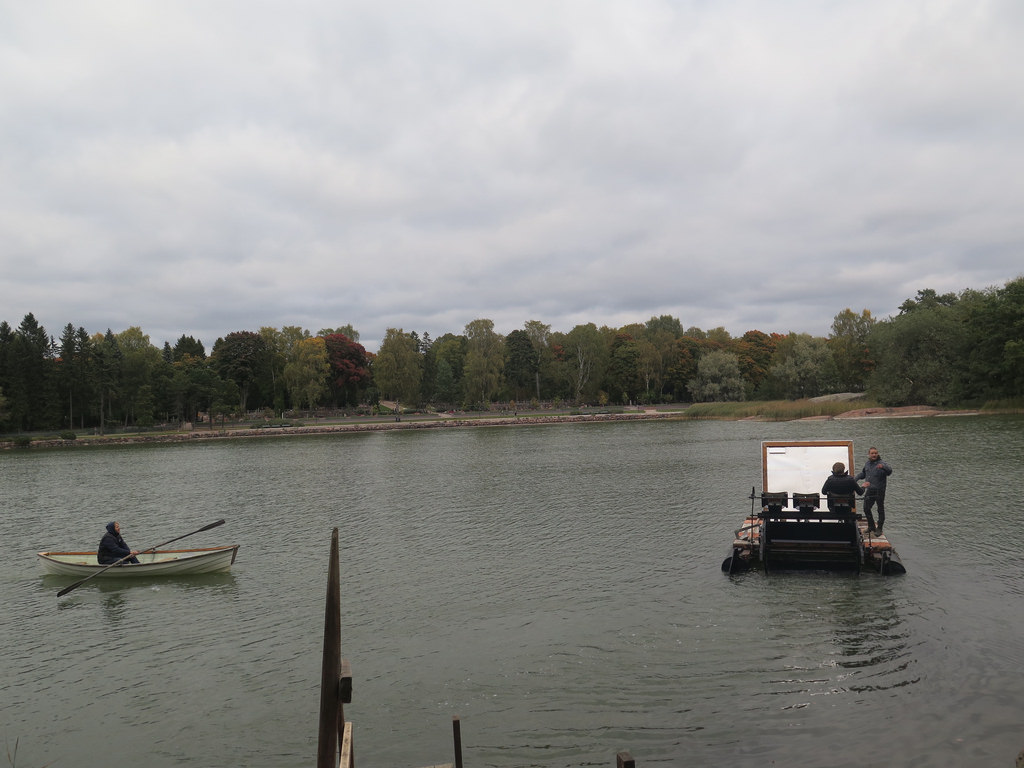
Kinobox Obscura, 3D camera obscura paddle wheel boat
Kinobox Obscura is a 3D camera obscura paddle wheel boat. You find yourself a little friend, the two of you put on a lifejacket and hop inside the little catamaran.
Two of the Kinobox Obscura artists then start pedaling and take you on a 10 to 15 boat ride while you’re sitting inside with your silly 3d glasses watching an upside-down “3D movie” of the moving landscape behind you.
The boat has been built using recycled materials wherever possible. The deck is made out of old fire hoses from Helsinki Fire Department, the cabin is covered with metal sheets from an offset printing house and the door handles have been modified from old Lapinlahti hospital bed railings. And like all Kinobox Obscura artworks also the 3D camera obscura boat works without any electricity.
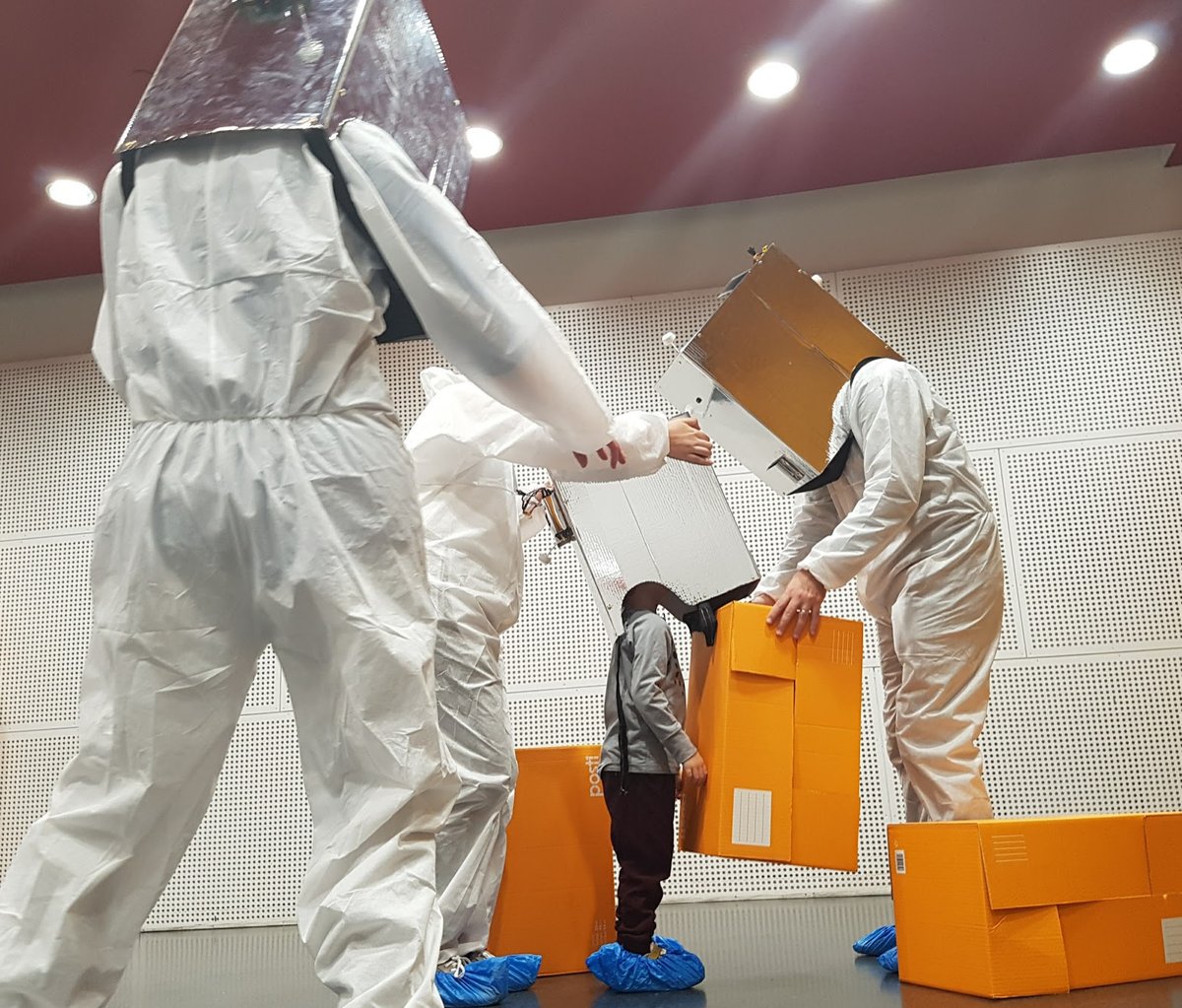
Channel Surfers. Photo: Robb Mitchell
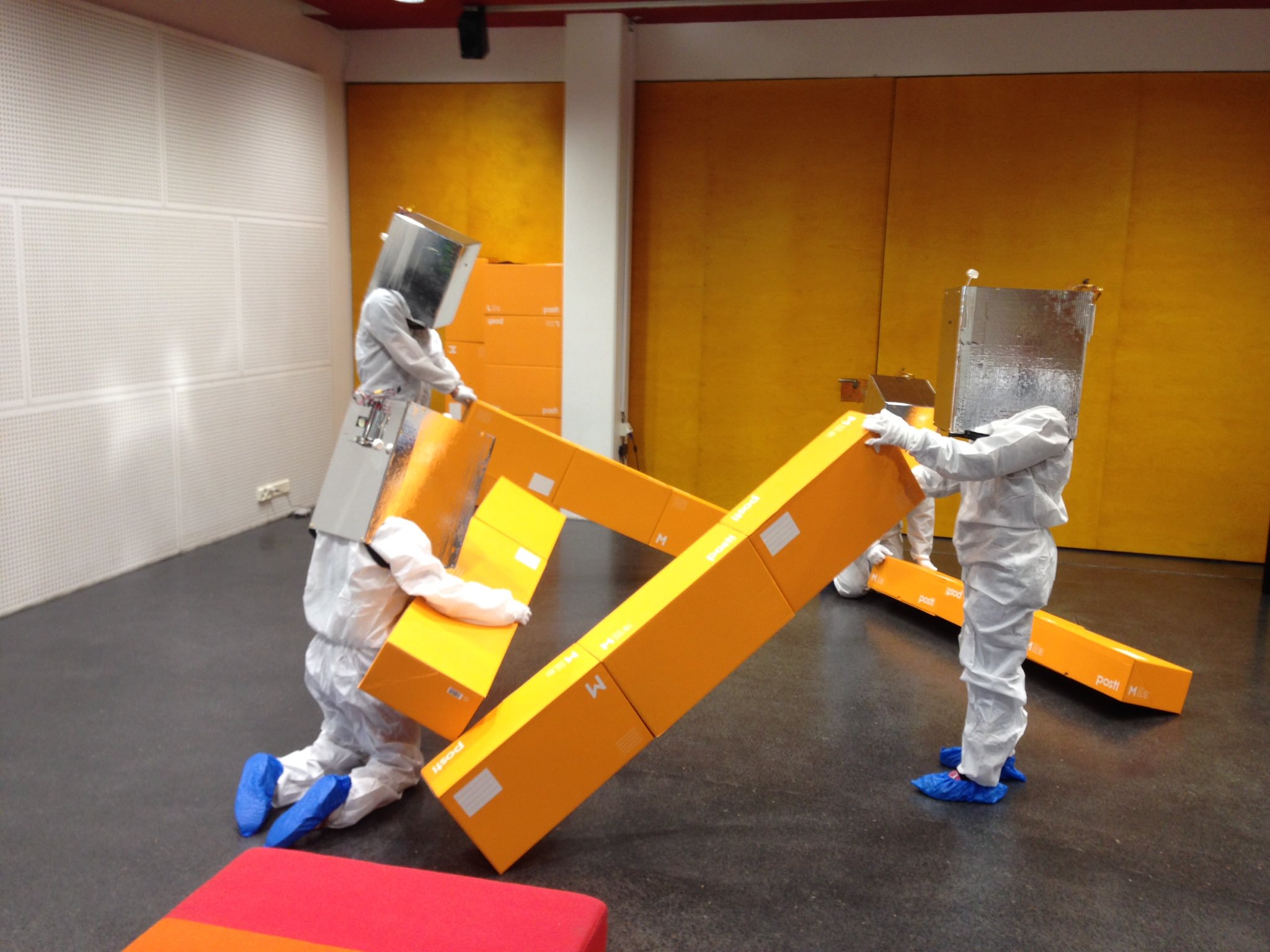
Channel Surfers. Photo: Jakub Rybář
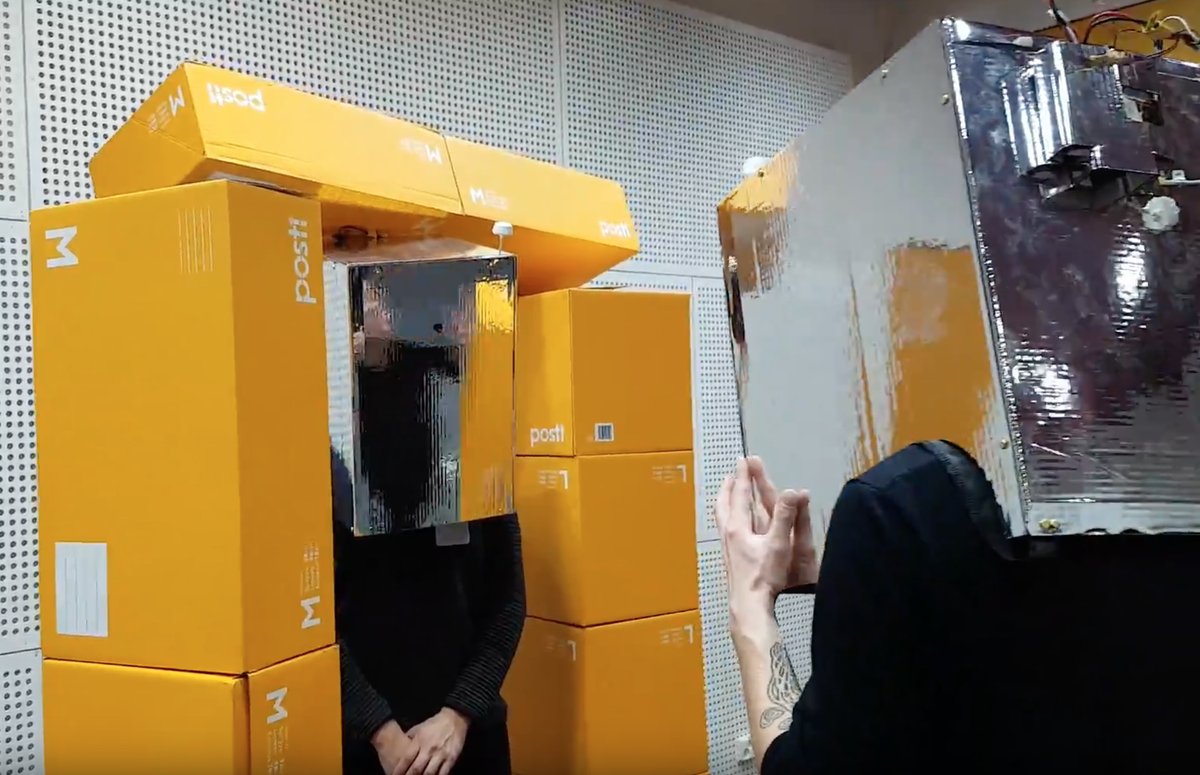
Channel Surfers. Photo: IT Product Design
Meanwhile, inside Kiasma, Helsinki’s contemporary art museum, Jakub Sypniewski, Merja Ryöppy, Jakub Rybar, Robb Mitchell and Steven Beck were inviting visitors to don the rather fetching Channel Surfers headsets. All you can see from the world outside the silver cardboard box appears on the small television screen in front of your eyes. And it’s not your own perspective that you can watch but the one of another player. The headset also has a video camera to film your own perspective but it’s another player who can see it. To make matter even more tricky for anyone wanting to move around with an air of dignity, arduino controllers constantly switch which camera is sending video to which TV screen. For instance, a participant will one moment be seeing through the camera they themselves are wearing, but then instantly be switched to seeing from the perspective of any other participant. Participant A & B can experience each other’s perspective but then be switched so that participant A sees from the perspective of B, but participant B sees from the perspective of participant C and so on.
I wonder if you can ever master the skills necessary to navigate the space in this kind of setting, especially when the artist invite you to participate in activities that should be super simple but turn out to be frustratingly and hilariously complex (collaborating to move a box from one place to the other, for example.) I did however enjoyed this “playful journey to dissolves interpersonal boundaries” where you experience the space around you as if it were another planet and where you relate to people you’ve never met in a strangely intimate way.
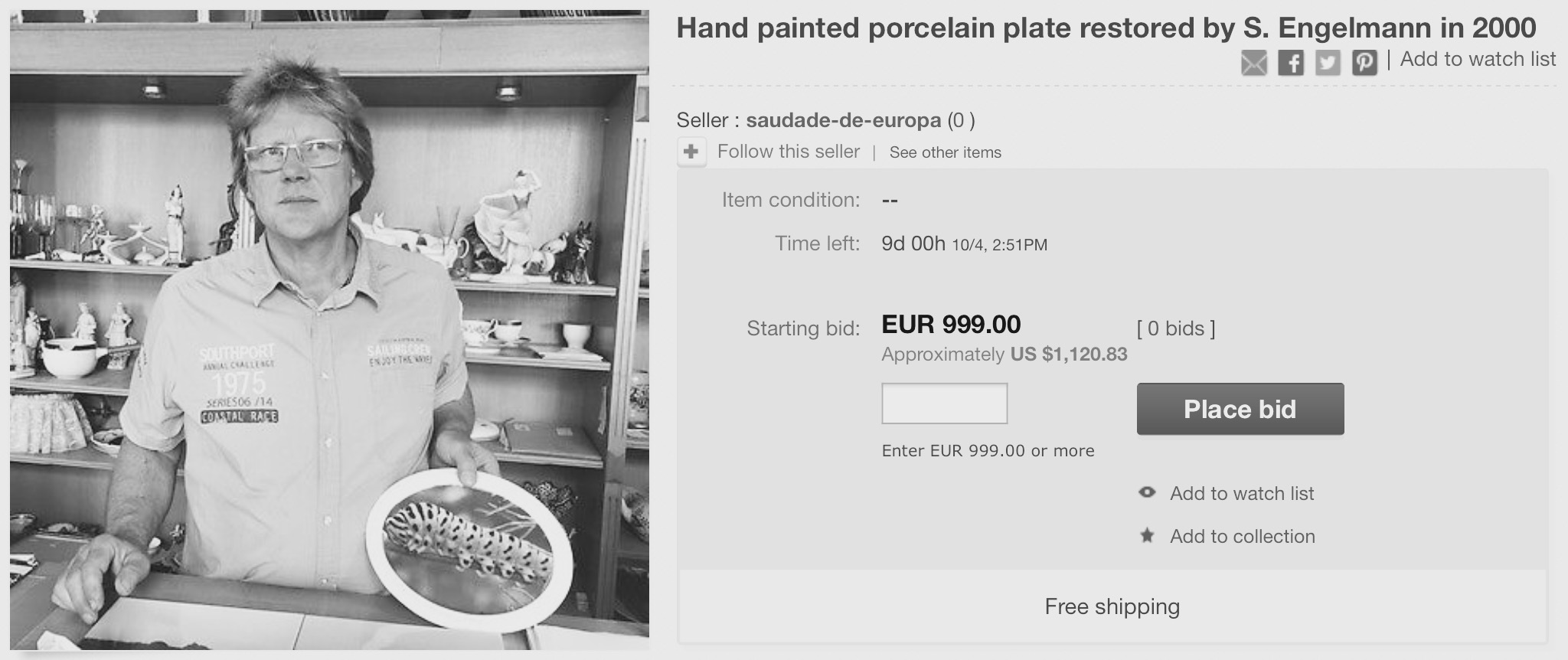
Various Artists, Saudade de Europa – Hand painted porcelain plate restored by S. Engelmann in 2000
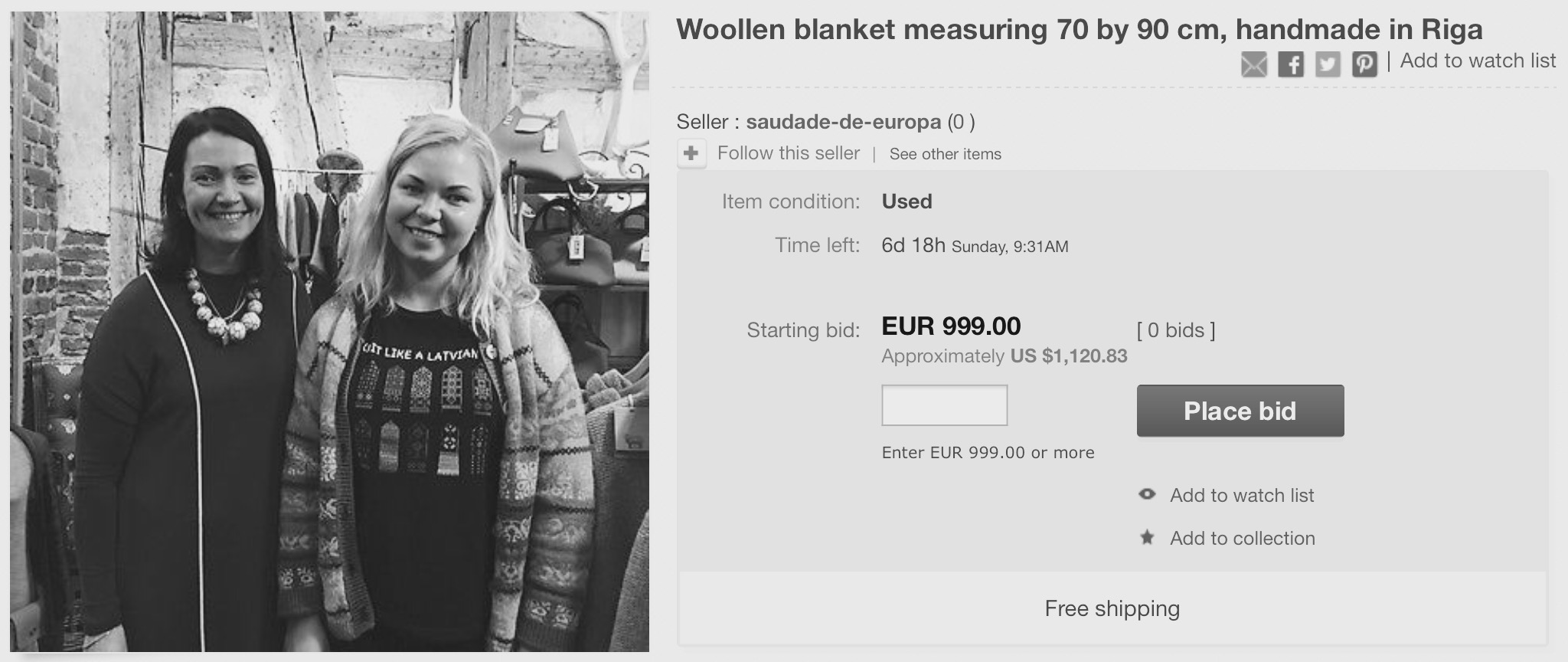
Various Artists, Saudade de Europa – Woollen blanket measuring 70 by 90 cm, handmade in Riga
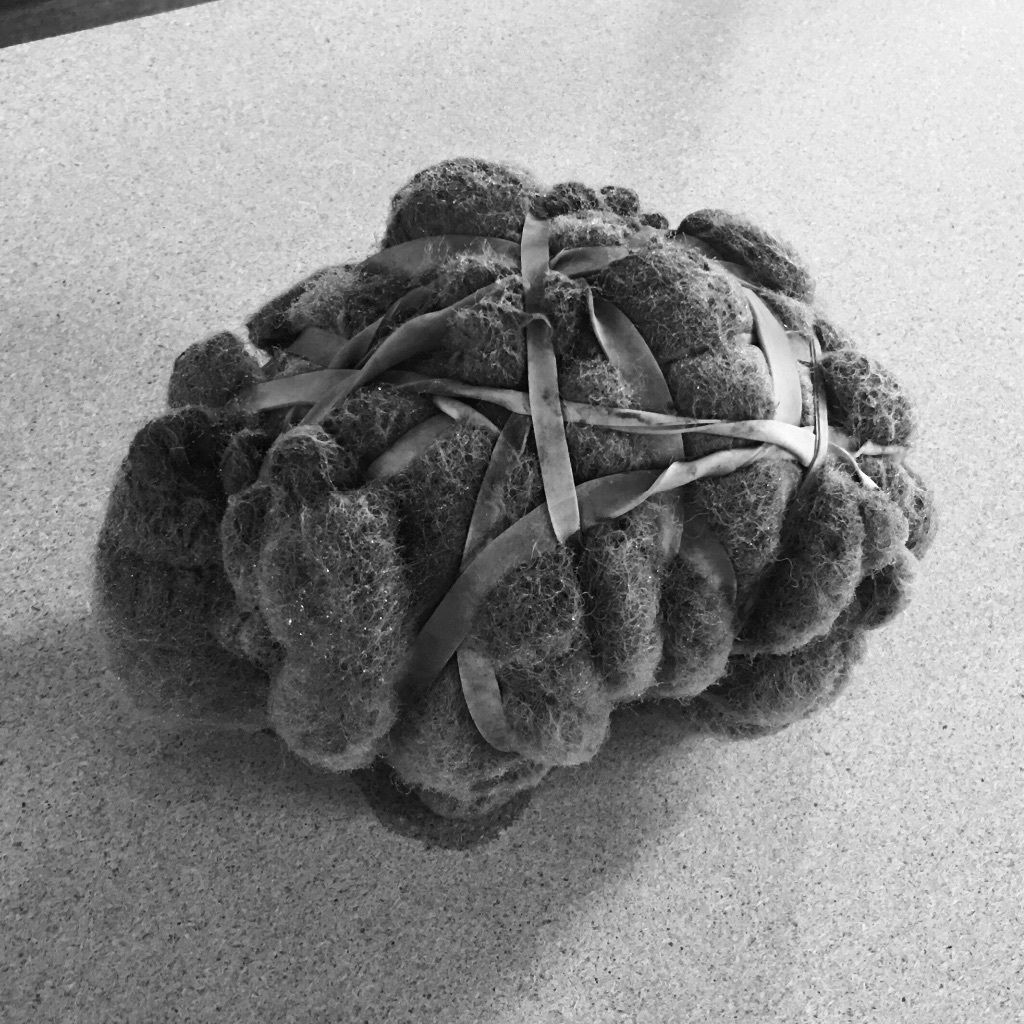
Woollen blanket – seuropa.io.r worked by Aude Thensiau
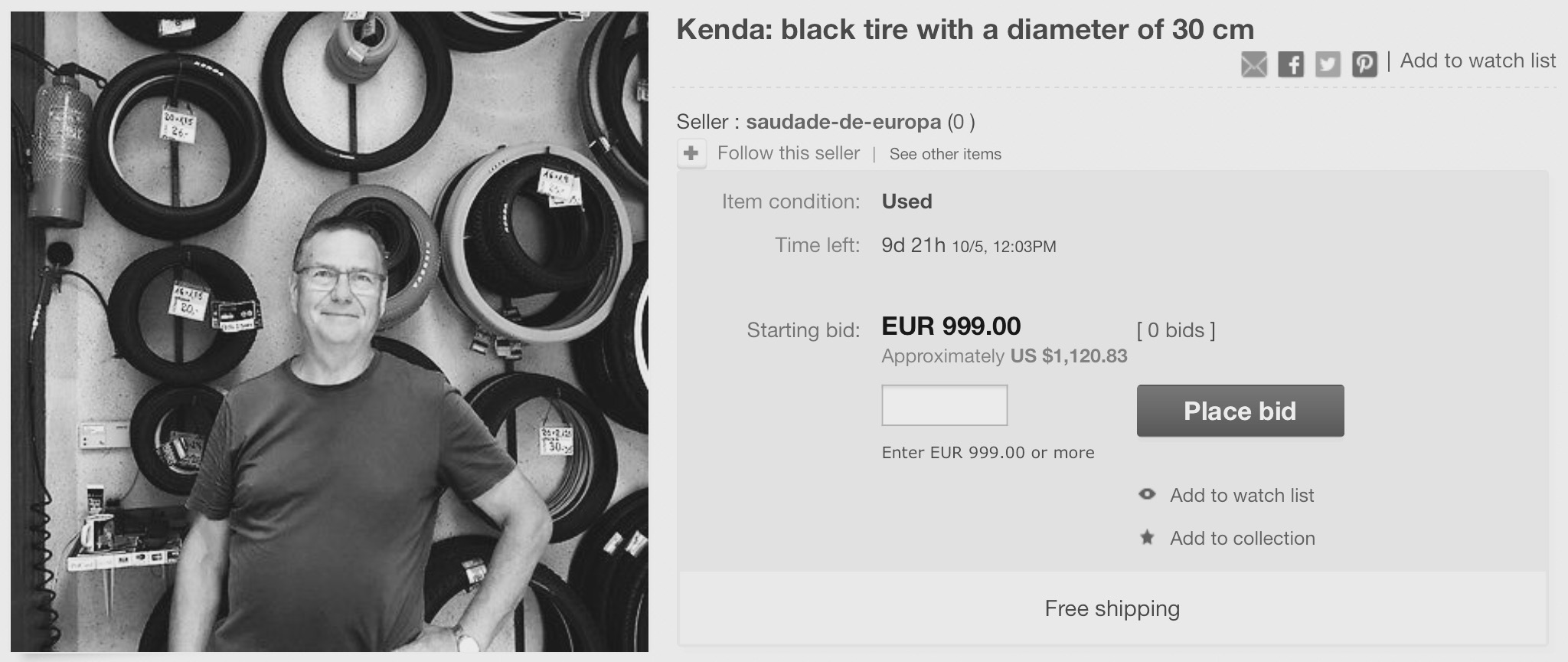
Various Artists, Saudade de Europa – Kenda: black tire with a diameter of 30 cm
Art Collective Various Artists embarked on a road trip from Brussels to Helsinki via Cologne, Görlitz, Warsaw, Riga and Tallinn. Along the way, they stopped in small independent shops, had conversations with their owners (Why, when, how, where did they start their business? And how do they cope with the current times?), bought some items, and transformed them before exhibiting them at Pixelache and selling them on eBay.
Saudade de Europasaudade, the Portuguese word that expresses a deep feeling of loss or missing, of melancholia and nostalgia. As for the narratives linked to the items they tell the story of how shop owners are living through Europe’s economic transformation from ‘good old’ shops to shopping malls and online retail.
Saudade de Europa explores how globalisation has turned us into consumers indifferent to the impact that their buying choices is having on local communities. But it is also an invitation to think about alternatives to the neoliberal system. Alternatives that would be more empathetic and socially responsible and that would help small new business innovate and thrive.
Various Artists also had the cunning idea to use online platforms such as eBay to disseminate the encounters and stories and reach a broader public.
You can follow Various Artists’ ongoing travels through their Instagram channel.
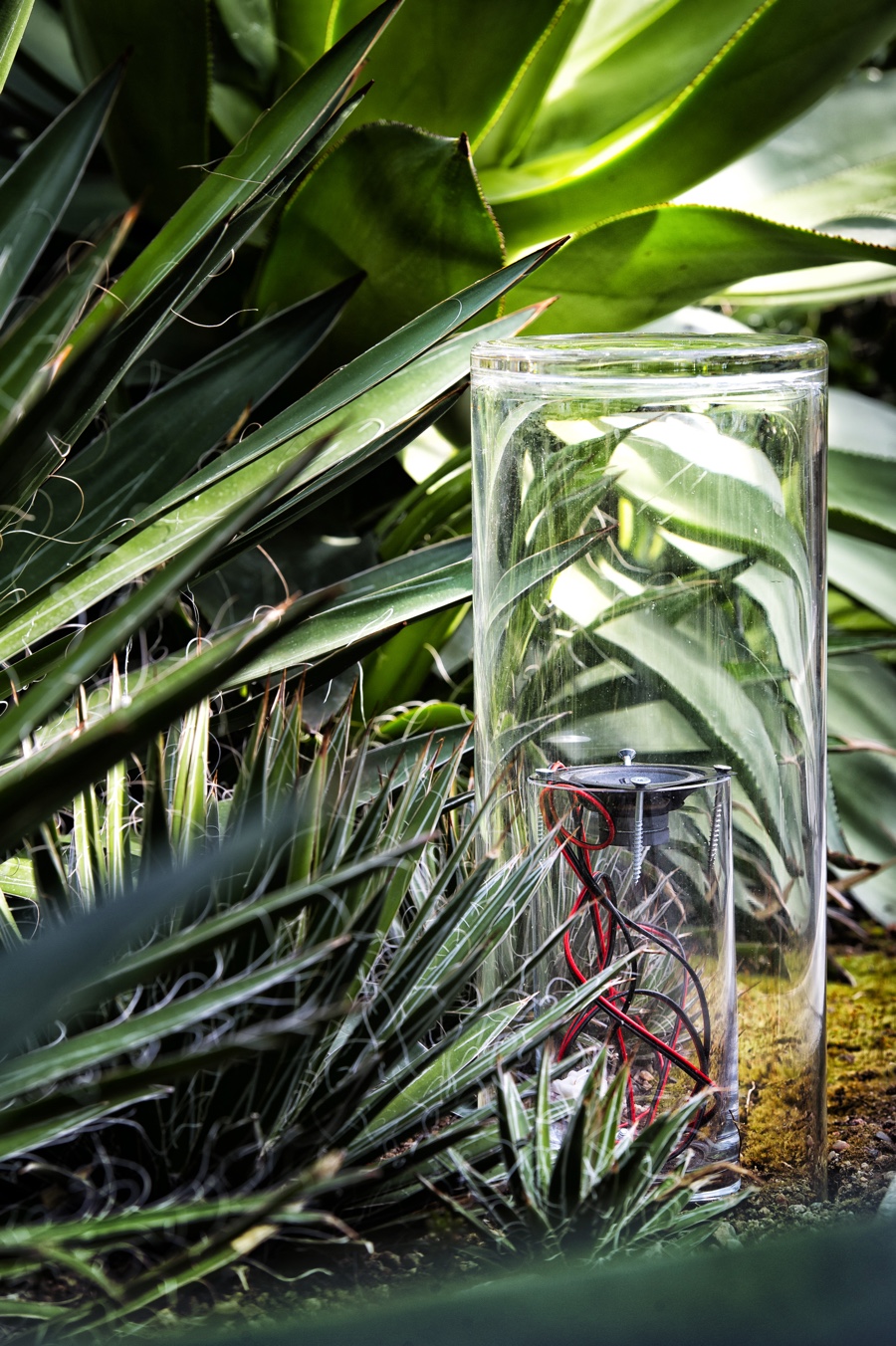
Otso Lähdeoja and Josué Moreno, IN SITU: Sonic Greenhouse, 2016. Photo: Uupi Tirronen
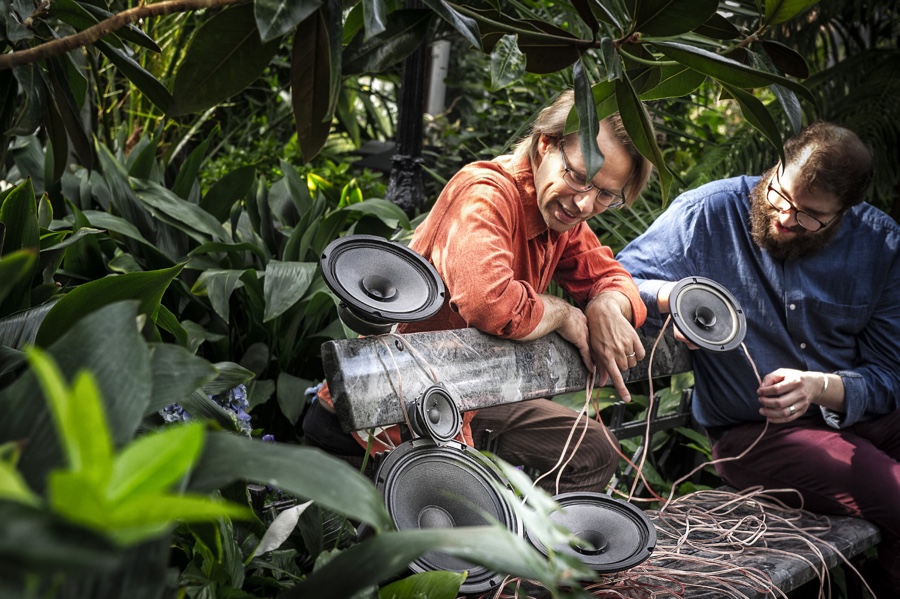
Otso Lähdeoja and Josué Moreno, IN SITU: Sonic Greenhouse, 2016. Photo: Uupi Tirronen
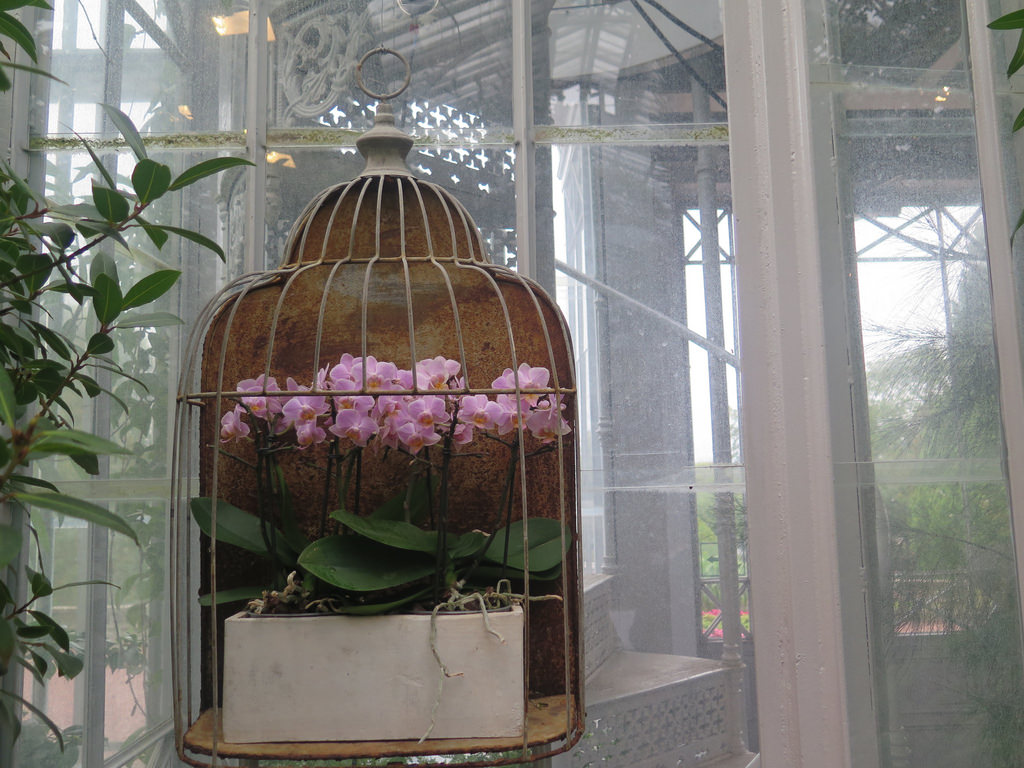
IN SITU, by Otso Lähdeoja and Josué Moreno, is an interactive installation, which transforms the beautiful glass architecture of Helsinki Winter Garden greenhouse (Talvipuutarha) into a musical instrument. Vibration speakers attached to the building’s glass walls turn the panels into speakers.
The work also extents to the world outside the greenhouse to engage with the “greenhouse” in its ecological connotation. The soundscape is modified by an environmental data feed, both the long-term statistics of local climate change and data collected real time from the surrounding environment. The project fosters social awareness on one of the key contemporary issues of the anthropocene – the redefined relationship between the dominating human and the contained nature.
I didn’t quite understand how it worked exactly but i very much appreciated the way the soundscape inhabited the space in a way that never seemed to intrude on the plant and on the experience of visitors who had entered the greenhouse to have a bit of quiet and peace, unaware that they’d also encounter an interactive artwork.
A few more images i took while in Helsinki:
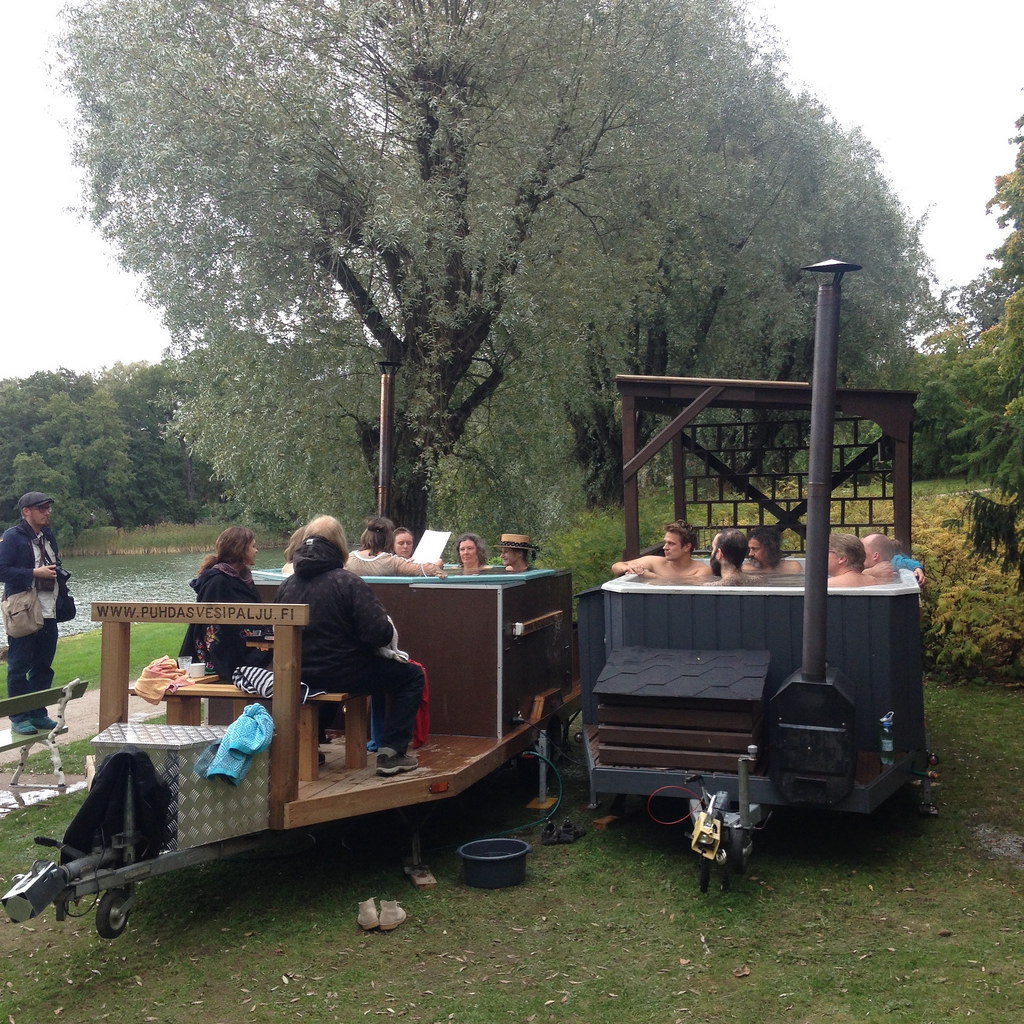
Conversation: Reflections on Cellular Empathy which took place in an outdoor bathtub
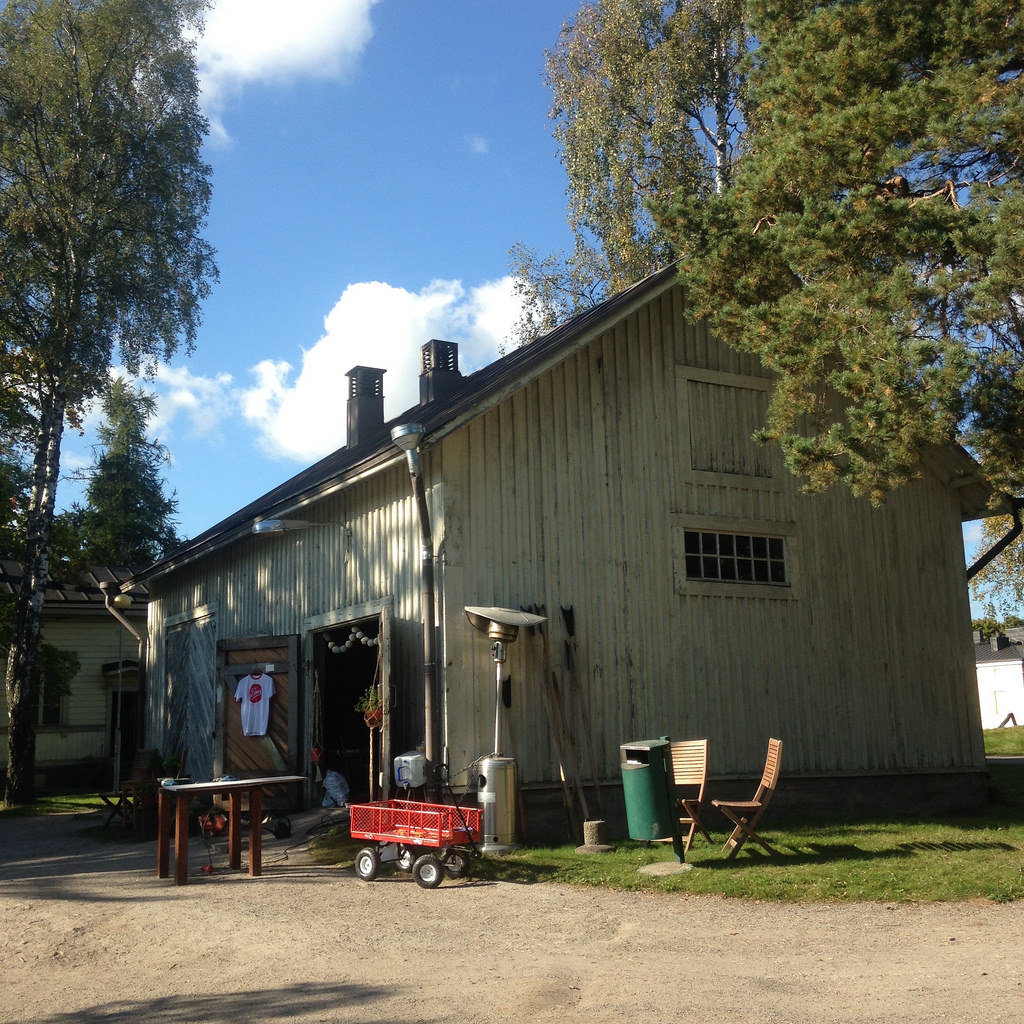
Little house of my dreams in the park surrounding Lapinlahti hospital
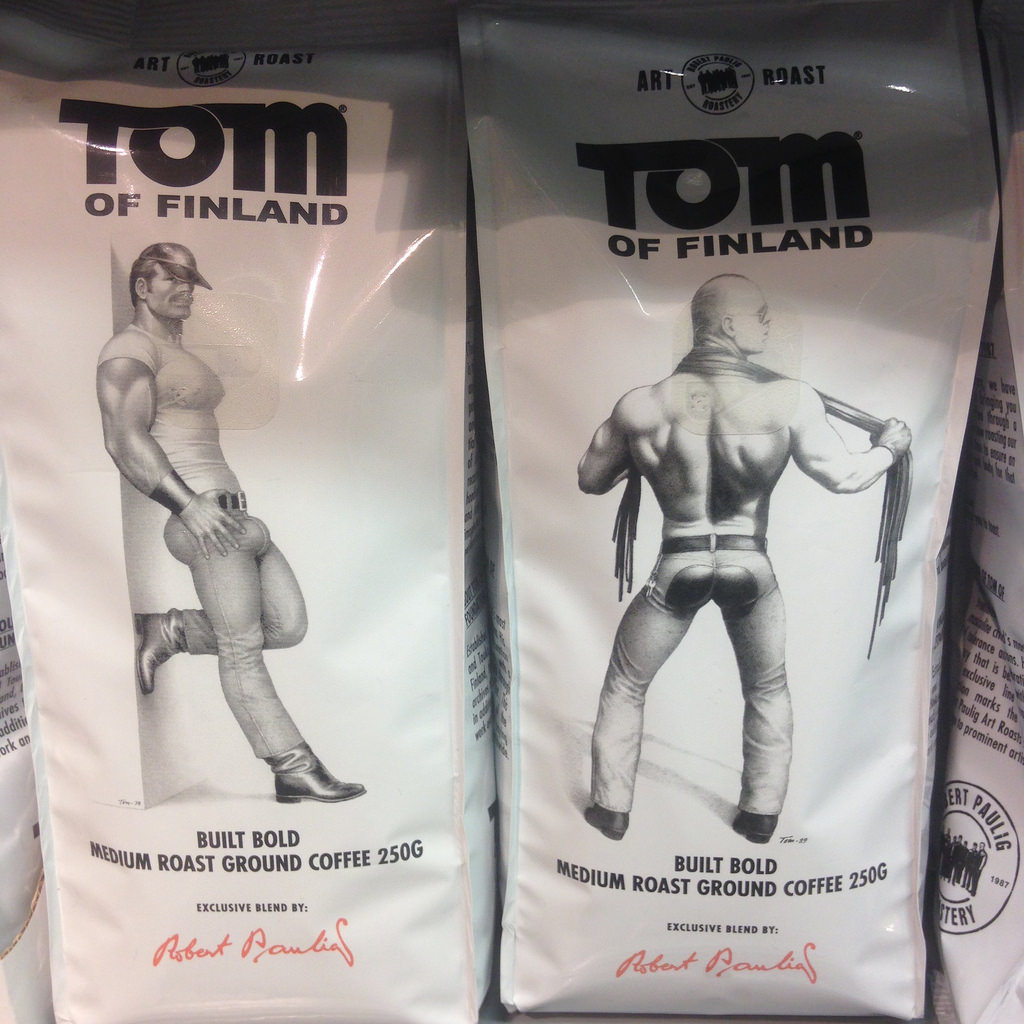
They sell Tom of Finland coffee in supermarkets!!
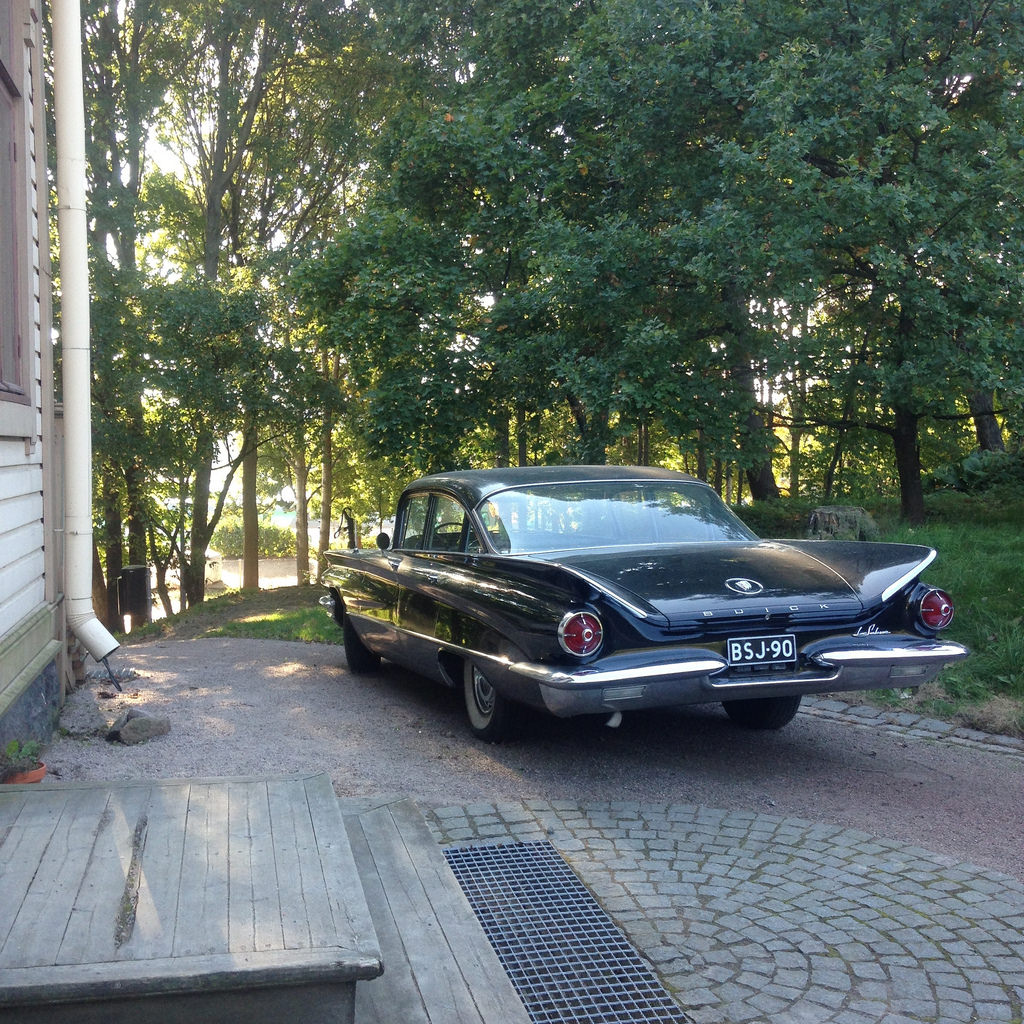
Parked in front of the artists residency where i was staying
Previously: Pixelache 2016: The Science of Empathy and Pixelache 2016: Architectures for the Other Side.
My photos on flickr. Antti Ahonen has a much better set though.

